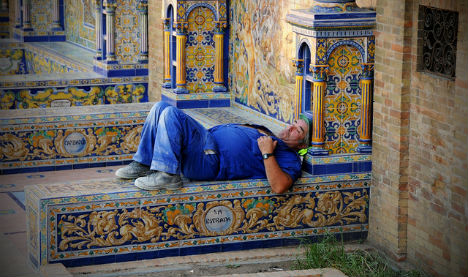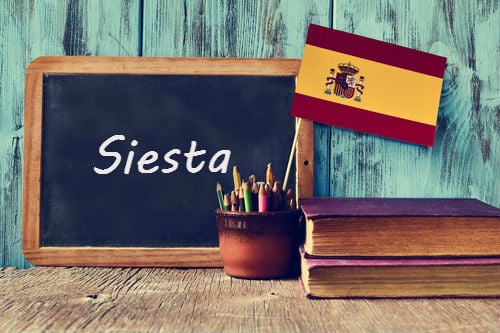It's important to know the different uses of this word as at one point or another you are likely to hear Spanish people use it. Especially during the hot summers in Spain.
- En verano hace tanto calor que después de comer mucha gente se echa la siesta.
It's so hot in the summer that most people take a nap right after lunch time.
- Me voy a echar una siesta
I'm going to take a nap
- Los médicos recomiendan que los niños pequeños se echen la siesta.
Doctors recommend that small children take naps.
READ ALSO: Top tips for taking the perfect Spanish siesta

Photo: Karolina Lubryczynska/ Flickr
Naps are usually taken after lunch during the hottest months of the year but some people may take a nap before lunch.
- Los domingos en familia mi hermana duerme la siesta del borrego mientras se prepara la comida.
On Sunday's with the family, my sister takes a nap before eating.
Pronunciation:
See-es-ta
Check out our other word of the day posts
This word of the day has been contributed by LAE Madrid, the leading Spanish academy in Madrid. Accredited by the Insitituto Cervantes, it offers Spanish courses for all levels and also has Spanish classes for kids and families.



 Please whitelist us to continue reading.
Please whitelist us to continue reading.
Member comments